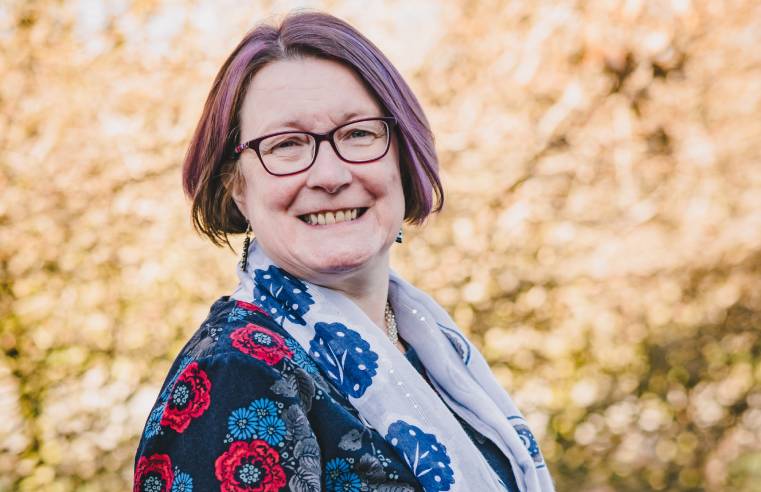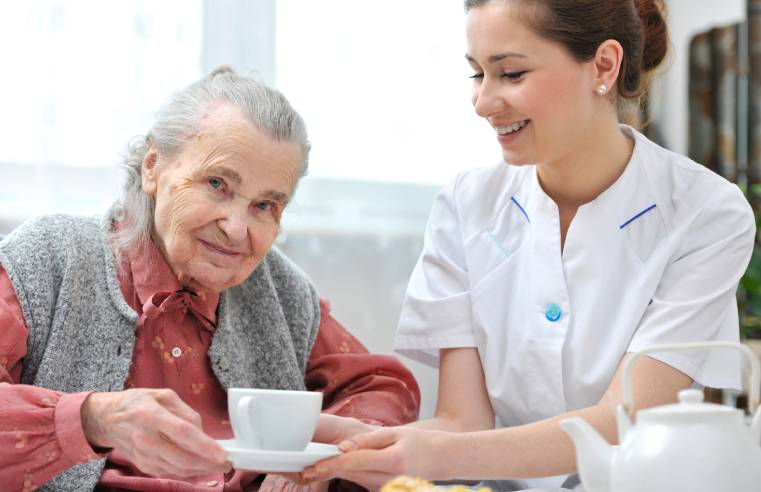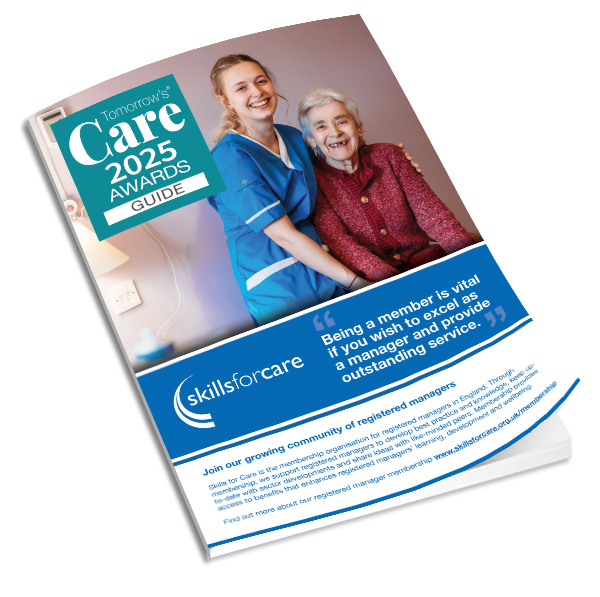The coronavirus pandemic has highlighted the need to change the way long-term care is provided. Jitesh Patel, Social Care Sector Lead at Kajima Partnerships, discusses.
Although the immediate challenges of COVID-19 may pass, the pandemic has shone a light on another looming crisis affecting older generations: specifically, the estimate that 13 million people above the age of 65 will be living in unsuitable households by 2040.
So what can we do about it? I believe that the answer lies in adopting new step-down approaches to care, integrating technology and investing in new elderly living that promotes people’s dignity, independence and access appropriate care. Here’s how.
Step-down approaches
General and acute hospital bed numbers have declined 34% since 1989, whilst poor integration between services during discharge has resulted in rising levels of bed-blocking. So, the need for step-down approaches to care has become increasingly clear, to ensure that people can best continue along their recovery pathways with appropriate levels of support following discharge. But, crucially, step-down approaches need to be integrated not only with out-patient services, but also with community therapy teams and care providers if we’re to ensure that people can recover in ways that best promote their physical and mental health.
And whilst perhaps seen more starkly during the pandemic, the need for step-down approaches is not a new phenomenon. In 2015, 20% of people reported feeling that they had not received the support they needed after discharge. However, with COVID-19 generating new pressures on hospital services, there is now an ever greater imperative to adopt a step-down approach to care – one that can alleviate pressure on beds and ensure that services can remain flexible and resilient both during the pandemic and beyond.
Tiered approaches to living and care
Alongside step-down approaches to discharge, it is crucial that retirement living can provide tailored and appropriate levels of care. Just 2.5% of the UK’s housing stock is defined as retirement housing, whilst the number of purpose-built homes offering care services accounts for as little as 0.7% of the UK’s 29m homes. At current levels, just 7,000 new homes built each year are designed for older people, laying the foundations for a 70,000 shortfall in seniors’ homes over the next decade.
Addressing this pressure on capacity will be crucial to ensuring that older people have access to the housing stock that is able to meet their care needs. Adopting appropriate design and integrating with services that can flex up or down according to changes in condition, will also be vital in respecting people’s privacy and dignity as well as promoting independence.
Leveraging technology
Technology also presents a huge opportunity to ensure that elderly living meets people’s needs. Modern capabilities such as motion sensors and wearable tech can help to promote people’s independence whilst also creating a more responsive and safer living environment. Similarly, these can help to create contactless movement pathways through the home – for example with motion activated doors, which in community settings can additionally minimise infection risks from high-contact interfaces.
Furthermore, by better leveraging technology and data, care providers can not only improve efficiency but also drive best practice, as well as reducing pressure on resources. In care homes, digital and centrally-held care notes can best identify changes in progressive health conditions or mobility, while online consultation capabilities can ensure that vulnerable people are able to safely utilise services, even if they may have to shield as part of a protected group in future.
Balancing privacy, dignity and community
In June this year, senior care leaders called for a lifting of the lockdown restrictions for care homes amid growing mental health concerns, highlighting the need to balance safety and care with community. Indeed, clinical research has suggested that loneliness can increase the general risk of death by as much as 29%, but in the UK there are over 2.2 million people over 75 living alone and, according to Age UK, over 1.2 million older people in the UK suffer with chronic loneliness.
COVID-19 has shown just how important community is to our individual and collective wellbeing. Creating attractive living options that are integrated with community services and accessible facilities will be paramount to fostering community and a sense of belonging following the pandemic. But balancing a drive towards community against the need for privacy and dignity is crucial.
Ensuring that rooms have ensuite facilities, combined with communal dining and living spaces shared between a smaller cohort of residents can ensure that people have their own private spaces alongside the social benefits of communal living. In residential care home settings, this can further improve the ability of care providers to effectively manage any potential infection risks, isolating residents in ways that protect their dignity, mental and physical health.
A watershed moment
It is clear that there is much to be done to provide universal access to attractive, appropriate and dignified elderly living for the UK’s ageing population. But far from being a separate, one-off public health issue, COVID-19 has actually accelerated the need to integrate new approaches to long-term care, leveraging technology within care homes and building the vital housing stock for added care living. If we rise to this challenge, we really do have the chance to build back better once the virus has passed.



























